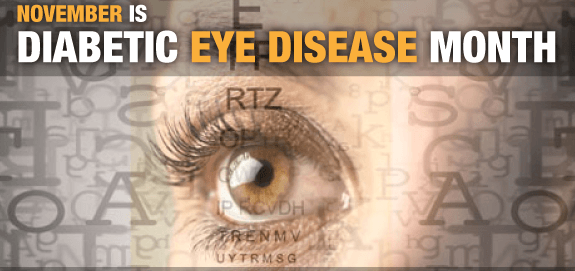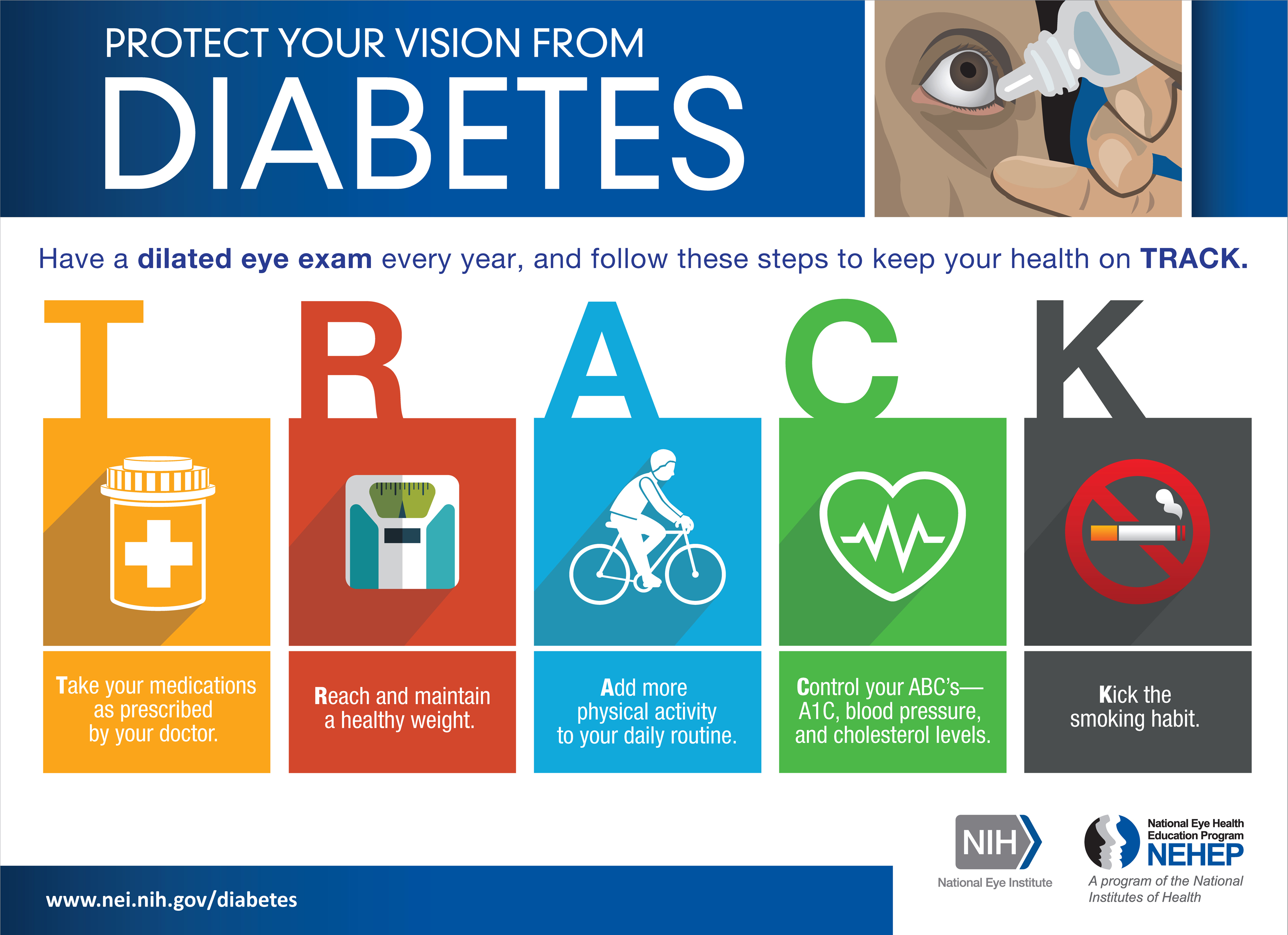This is a basic description of what you’ll need to do in order to access your Explanation of Benefits (EOB) statements online. Since the majority of our patients are insured through Blue Cross Blue Shield of North Carolina, we will use their website and process as an example. Most insurers have something similar available on their own websites, so if you have a different insurance plan, you can try to take some of the concepts and adapt them to your own insurer. You can contact the individual insurer to find out how to view online EOBs for that specific insurer.
The first step, is to sign up for an online member account. For BCBSNC, you can do that by clicking here and completing the registration process. To sign up for an account, you will need your Subscriber ID Number (available on your insurance card), Date of Birth, and Zip Code on file for the primary subscriber on your plan. If you already have an account, you can click here to login.
Once you are in your account, your screen should look something like this:
From there:
- Click on “Claims” on the top bar. You are now at a screen that can show you all of the medical and pharmacy claims that have been filed by your providers.
- You can expand the line items by clicking the + sign and then download the individual PDF files for the individual claims, if you’d like.
- Click on the link to download the PDF of the EOB, or just review the plan details shown in the online tool.
This is just a brief overview of the process for checking your online Explanation of Benefits statements for BCBSNC members. The Blue Connect online account has a lot of other great features (eg. deductible status, billing statements, prescription history, network access, etc.) for patients who want to manage their health insurance plan and usage, so it is definitely worth signing up for any online tool your insurer offers. The screens will obviously be different, but the concept of “logging in to your online account and clicking the claims tab” should be pretty consistent.
In the rest of the blog posts in this series, I will explain the specifics involved in your EOB, including detailed information on the following topics:
- What is an Explanation of Benefits Letter?
- Basic EOB Terminology
- Determining Patient Responsibility
- Determining Plan Details
- Accessing Online EOBs
- Understanding Denials and Denial Codes
- How To File an Appeal
If you have any specific questions or topics you would like us to discuss, please mention them in the comments below and we will address them in future posts. If you are a patient at Family Care and have any questions about EOBs you received for claims from our office, please let us know by filling out our contact form. Thank you!










